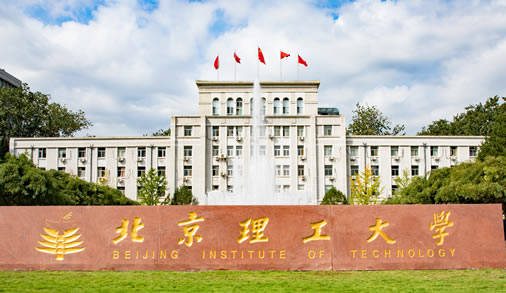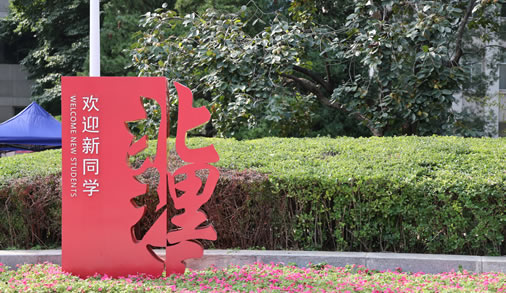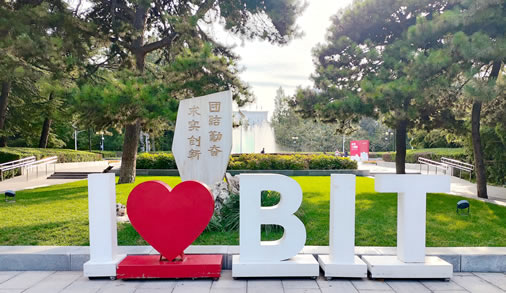
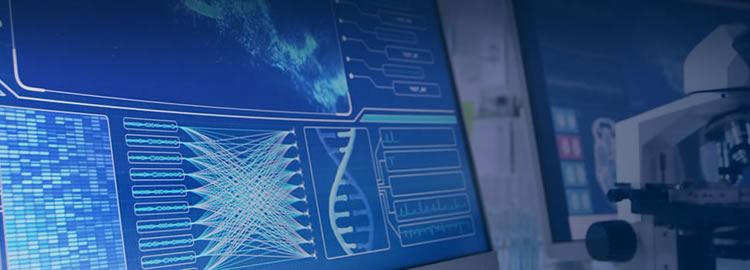
Updated: 2025-05-15
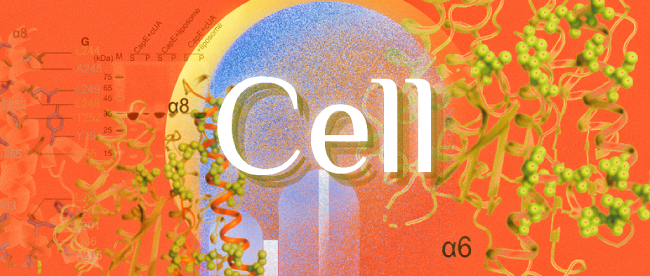
Professor Gao Ang's team at the School of Life Sciences, Beijing Institute of Technology (BIT), along with collaborators, published a research paper in the journal Cell on May 8, revealing a new mechanism of bacterial immunity against phages. This study represents another significant breakthrough for Professor Gao's team following their achievement in Nature in 2022.
The article, titled Cyclic dinucleotide-induced filamentous assembly of phospholipases governs broad CBASS immunity, elucidates how phospholipase-like effector proteins in the CBASS system self-assemble into supramolecular fiber structures in response to cyclic dinucleotide molecules, thereby degrading bacterial inner membranes to achieve cell lysis.
This discovery not only expands the diversity of bacterial immune responses but also provides a theoretical basis for developing new antiviral strategies and controllable cell lysis tools.
Over billions of years, bacteriophages and bacteria have been engaged in a continuous cycle of attack, defense, and counterattack. In order to prevent bacteriophage invasion, bacteria have evolved a series of complex and intricate anti-phage defense systems. Among these, the cyclic-oligonucleotide-based anti-phage signaling systems (CBASS) represent a vast and highly diversified defense system present in over 10 percent of bacteria and archaea.
However, the molecular mechanism by which the phospholipase-like effector proteins, the earliest discovered and most widely distributed components in the CBASS system, are activated and exert their cell lytic function remains unclear, posing a long-standing unresolved issue in the field. After five years of dedicated efforts, the research team overcame challenges and, through continuous exploration and systematic study, successfully unraveled this crucial mechanism.
This study provides crucial information for a profound understanding of the mode of action of bacterial antiviral systems and lays an important foundation for the development of molecular biology tools based on this system.


